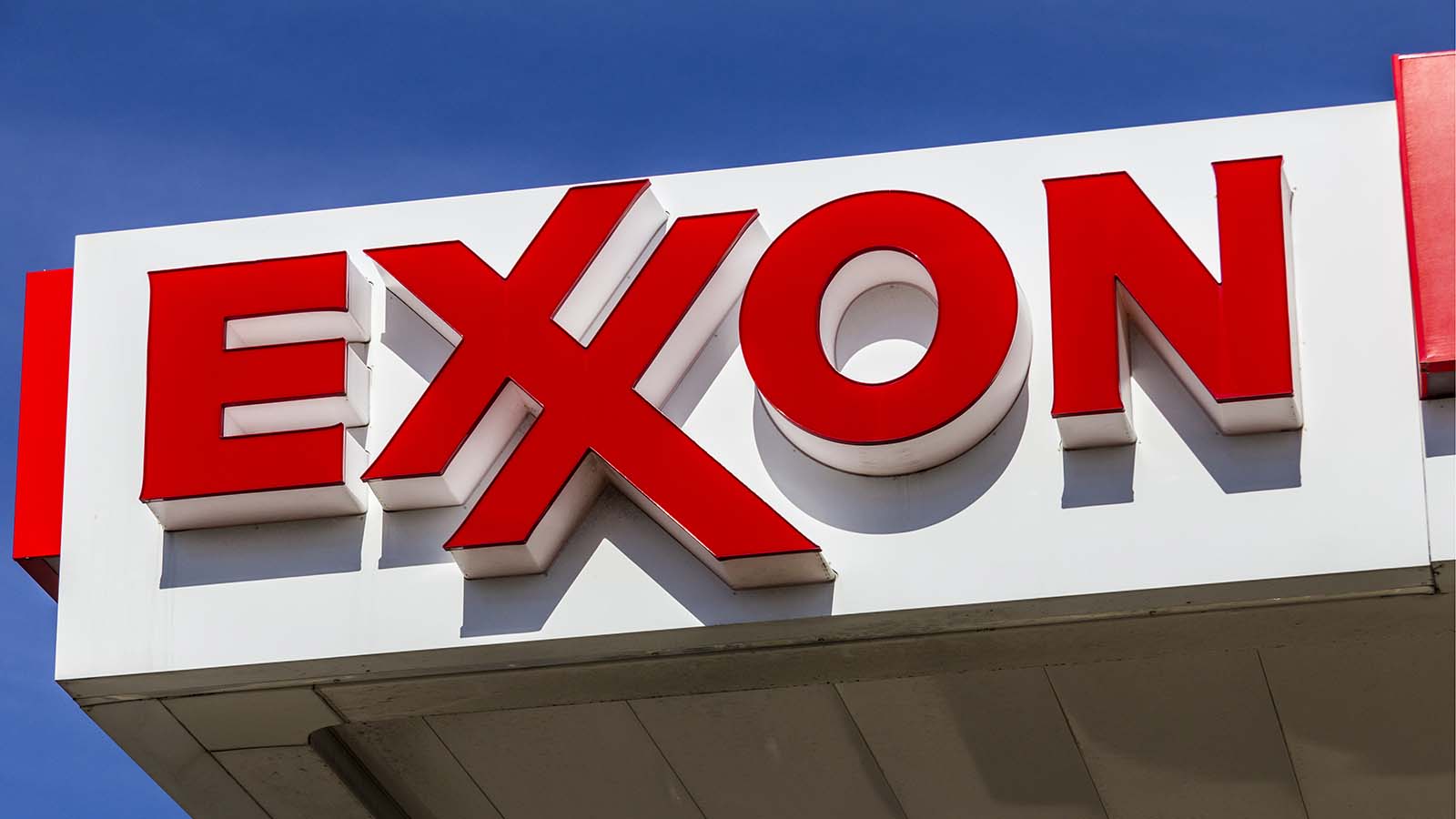ExxonMobil (NYSE:XOM) CEO Darren Woods recently said that he was eyeing an acquisition in the Permian Basin. However, he felt the going rate for the top players in the region was too rich.

Whether Woods acts now or waits for better prices in the future, buying a large Permian producer is going to be costly, both in terms of the actual amount paid and what a deal could do to XOM stock down the line.
I’m on the fence when it comes to XOM stock.
On the one hand, it has a nice dividend yield (4.9%) that’s hard to pass up in an age of low interest rates. On the other hand, it’s already got a big chunk of debt, and a significant acquisition in the Permian Basin is only going to exacerbate the situation. With a recession on the horizon, debt will quickly become a four-letter word.
In my August article about ExxonMobil, I argued that owning XOM stock had been a bad idea over the past decade and would likely be a bad idea over the next decade as people move away from oil. However, if you need to park some money in an income-bearing account, you could do a lot worse.
I still hold similar views on XOM stock today.
Woods believes that the transition away from oil is going to take a lot longer than people realize. With demand continuing to rise, companies like ExxonMobil have to continue to find more oil to meet this demand. Sure, it can invest in the future, but it also has to meet today’s demand.
“Energy transitions take a long time,” Woods said on Sept. 4 while speaking at a conference in New York. “In the meantime, the world’s rising demand for energy must be met.”
Hence the Permian push.
Exxon Mobil Is Already a Big Player in the Permian
Exxon has 1.6 million acres in the Permian Basin. By 2023, the Permian Basin is expected to generate 5.4 million barrels of oil per day, with Exxon accounting for approximately 20% of that output or more than 1 billion barrels per day.
“The Permian Basin is the engine of America’s energy renaissance and New Mexico residents will see direct economic benefits and opportunities from our planned investments,” Woods said in May while discussing the economic benefits of developing the Permian Basin.
Exxon Mobil is expected to have to devote $55 billion of capital expenditures to the Permian. That doesn’t include the cost of buying one of the other major players in the basin.
It seems to me that generating 20% of the basin’s overall production, as Exxon Mobil does today, is enough. To pay anywhere from $8 billion to $84 billion more to add to its Permian production would be overkill, since a recession would tremendously reduce the value of an acquisition.
Who Would Exxon Mobil Buy?
One potential acquisition could be Pioneer Natural Resources (NYSE:PXD).
It has 750,000 acres in the Permian with proved reserves of approximately 977 million barrels of oil equivalent. PXD produced 105 million barrels in 2018. It is a pure-play that would be easy to integrate.
It currently has an enterprise value of $23.1 billion or 7.9 times EBITDA. Exxon has an enterprise value of $350 billion or 7.6 times EBITDA.
While Pioneer doesn’t appear to be overly expensive on an EV/EBITDA basis, based on 2018 data, the addition of Pioneer would increase Exxon’s Permian production by just 29% or 287,000 barrels per day.
The big downside to a $23 billion acquisition is that it would double Exxon’s long-term debt to close to $40 billion from $19 billion at the end of June. Since Exxon’s free cash flow generation isn’t nearly as strong as Chevron’s, it would be taking a significant risk at a time when a recession seems more likely by the day.
The Bottom Line on XOM Stock
I believe that XOM stock is a bad investment for those seeking capital appreciation. Buying a Permian producer would only make the situation worse.
ExxonMobil is okay to own for income, but I wouldn’t buy it for capital appreciation. Especially not if it makes an acquisition.
At the time of this writing Will Ashworth did not hold a position in any of the aforementioned securities.
